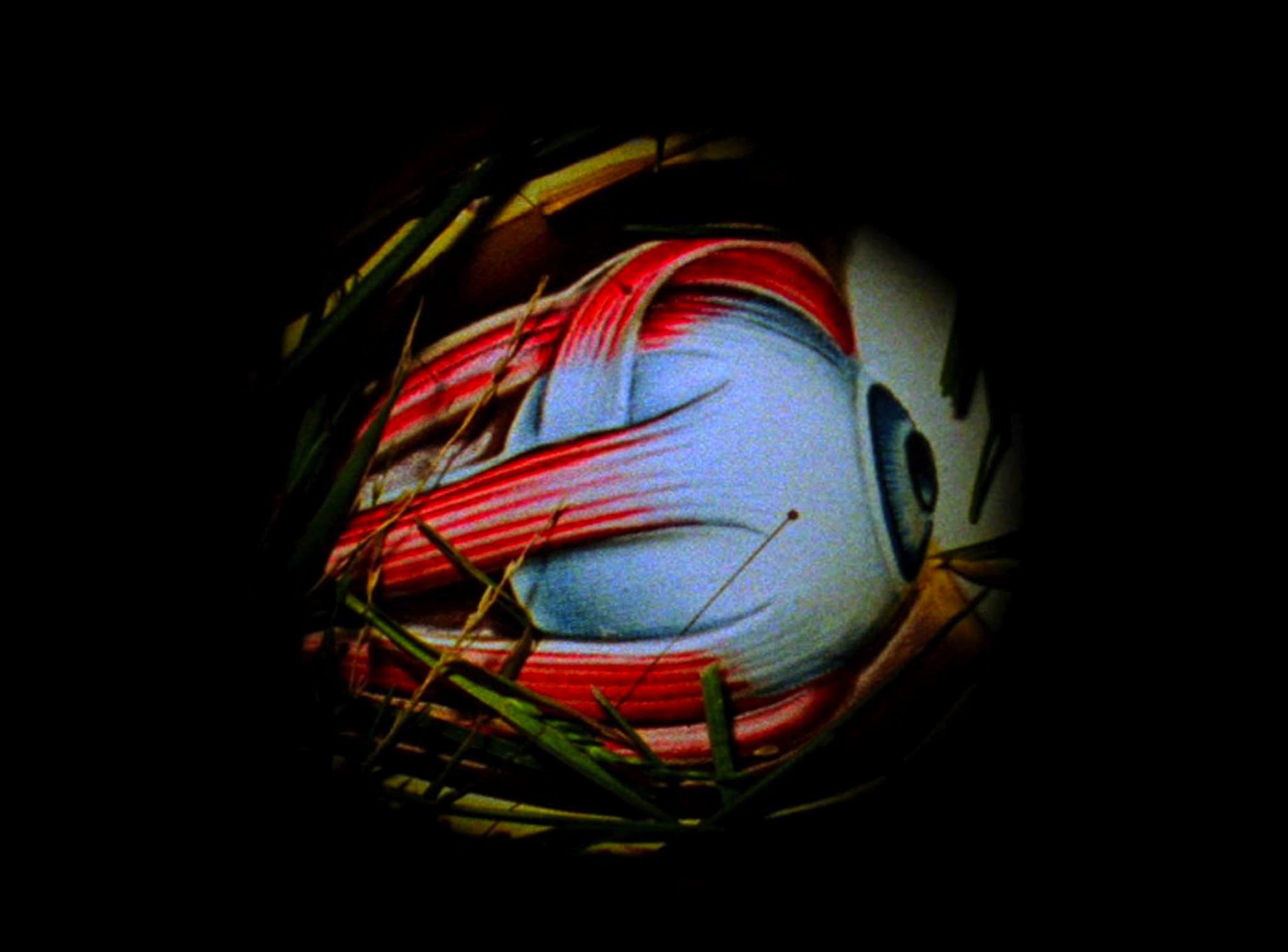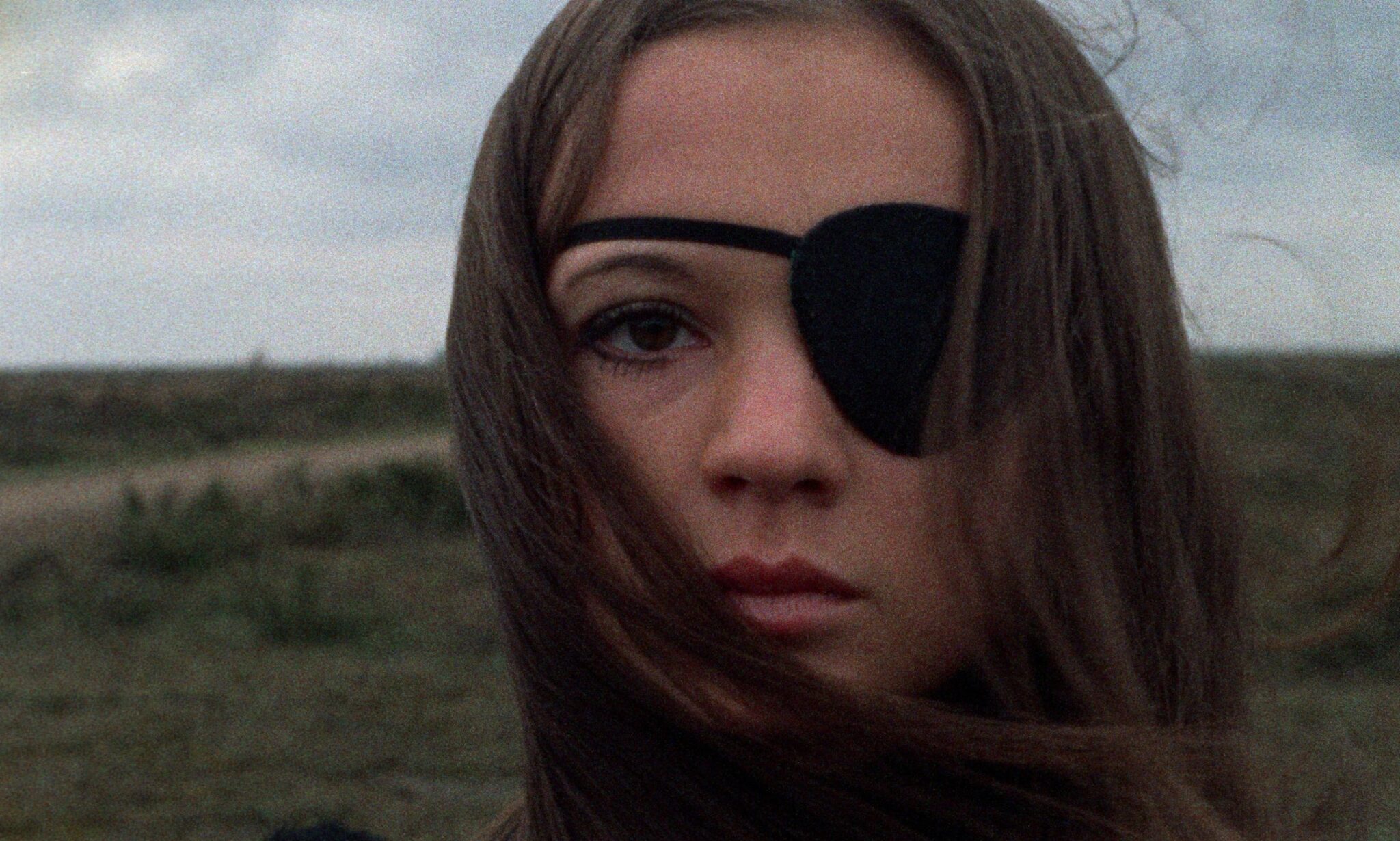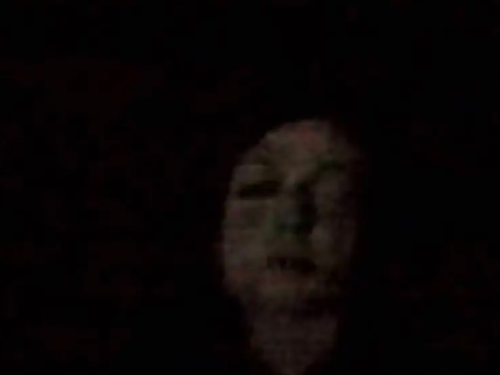To coincide with his retrospective interview with Janie Geiser, Robert Delany has compiled a list of 10 essential films by the experimental filmmaker. Here you will find his notes on films from throughout her career, from her famous “Nervous Films,” to her most recent short created during the Covid-19 pandemic. Her films cover a variety of styles ranging from found footage collage work to animation to experiments in computer simulations. Read on to discover the vital work of an absolutely original modern American artist.
Related: Janie Geiser: The Split Tooth Interview by Robert Delany
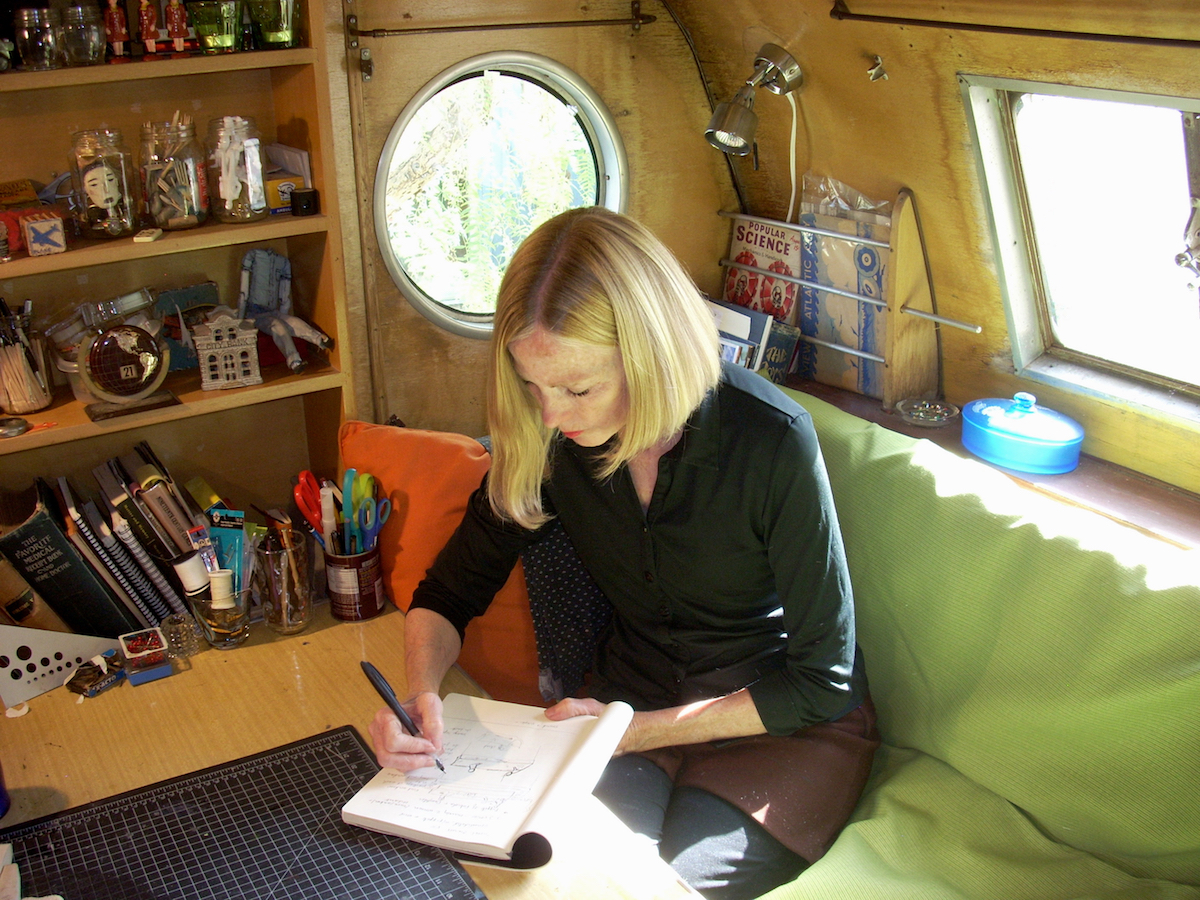
Kindless Villain (2010)
As Janie Geiser says, it is the atmosphere of “anticipated violence” within this quiet and mysterious film that creates an intriguing sense of adventure. Kindless Villain is the combination of found footage of two boys acting out the events of the Spanish American War and a recording of John Barrymore performing in Hamlet. Within this pairing, Geiser channeled her interest in cultural memory, especially surrounding war, with her own dream experiences. Kindless Villain is a perfect entry point into Geiser’s surreal filmography, and it is also my personal favorite of her films.
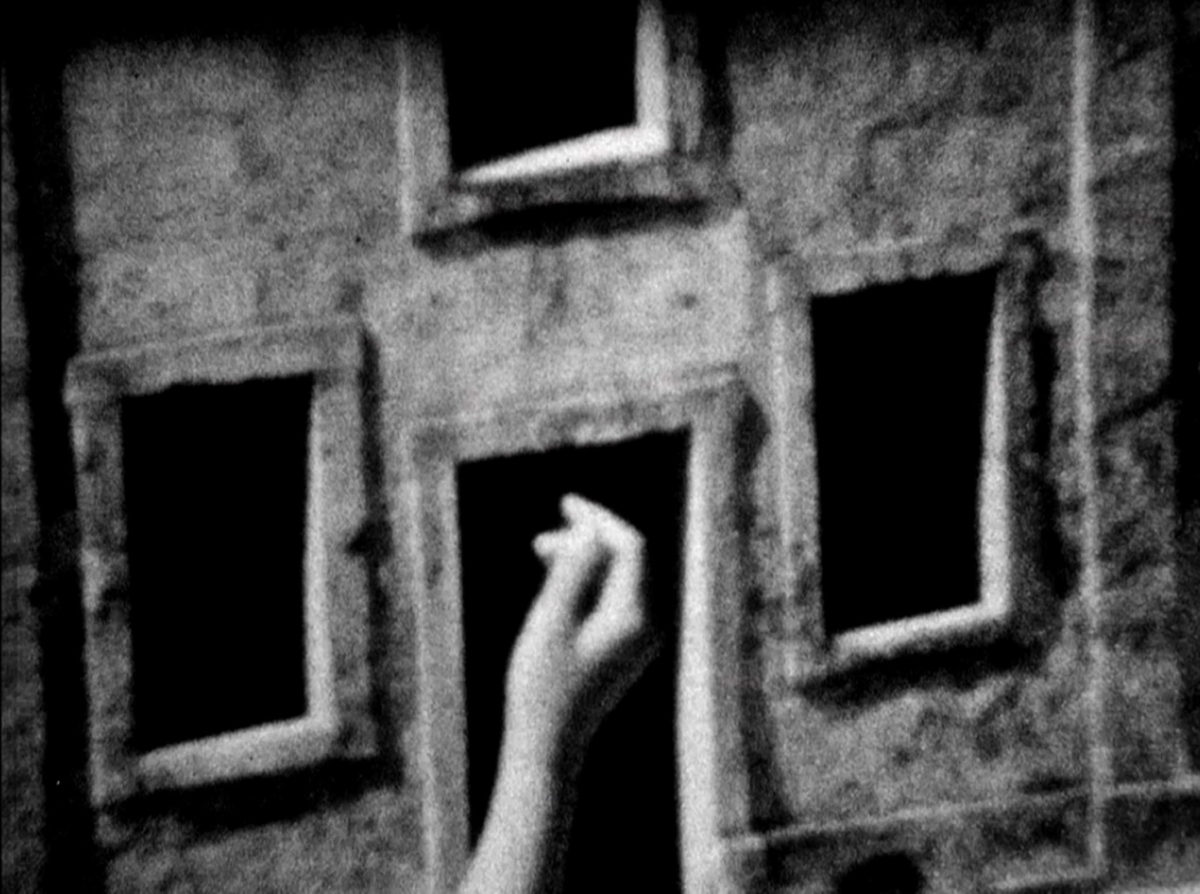
Ricky (2011)
Ricky epitomizes Geiser’s inventiveness in creating visual texture. She layered a series of lenses on top of a collage of illustrations, and this distortion injects so much depth into the images. She and her son smashed an old laptop and used layers from inside of the screen in order to stretch the visual limits of shooting in digital. The fantastic colors in Ricky epitomize Geiser’s sense for color design.

Arbor (2012)
Arbor consists of photographs that Geiser found in an envelope in a thrift store, an event she described as “inheriting a memory.” The film is a ghostly collage set within an uneasy atmosphere. One gets glimpses and flashes of figures, who literally melt into their landscape and disappear from these memories. I also included Arbor in my list, 10 Macabre Animated Films To Watch Before Halloween, for our October Horror series here at Split Tooth.

Ghost Algebra (2010)
Ghost Algebra is the first entry in Geiser’s “Nervous Films,” and it hones heavily into her interest in limited viewing. The images are often presented through tiny apertures, like something from the early days of cinema. The dominant imagery is of medical illustrations, and over the course of the film it feels like a fractured human body is slowly being cobbled together. Geiser says this touches on the original meaning of the word Algebra: “The science of restoring what is missing; the reunion of broken parts.”

Look and Learn (2017)
Look and Learn showcases Geiser working with many of her staple materials: photographs, illustrations, schematics, diagrams, and more. She makes us think about how we view each object. As machinery schematics speak to us differently than the illustration of a catfish or a school yearbook photo, Geiser breaks down and combines the images into new forms. The film highlights all of the different ways stimuli can communicate with the mind.

The Fourth Watch (2000)
In reference to how the ancient Greeks divided the sections of the night, the temporal space in The Fourth Watch is set in suspended animation. Geiser created a film that immerses us in anticipation, as if we were perpetually waiting for the dawn. This film epitomizes how Geiser can manipulate her work’s sense of time.

Ultima Thule (2002)
Ultima Thule showcases Geiser’s understanding of motion. Diagrams of arrows revolve to the sound of wind as bright blue droplets of rain careen across the frame. Geiser also mixed digital and film footage into the project, attempting to merge the different qualities of visual texture.

The Floor of the World (2010)
What sets The Floor of the World apart from much of Geiser’s work is that the film goes through a process of removing layers instead of adding them. The central sequence of the film is a frame covered in dirt and leaves as a small paper shovel uncovers the image underneath. The film becomes a process of unveiling, which feels surreal considering the layered nature of Geiser’s work.

Lost Motion (1999)
Lost Motion is the earliest film on this list, and it showcases the elliptical rhythm of Geiser’s work. The score in the background is undulating and cyclical and matches the pace of the stop motion figurines. There are some painted cutouts in Lost Motion as well, harkening back to her earlier films like The Red Book (1994) or Immer Zu (1997).

22 Light Years (2020)
22 Light Years is Geiser’s latest, soon-to-be-released film. It highlights how she is still expanding her technical scope as an artist. The most notable aspect of the film is her use of a 3D house design software. This is inspired by the work of artists like Phil Solomon and Mike LaPore, who made films inside Grand Theft Auto. She also made 22 Light Years with a “looping sense of time” where figures swirl in and out of the designs. She began the film before the pandemic and is now putting the final touches on the project.

Visit Janie Geiser’s Vimeo page to view a selection of her films
More of her work, including Ricky and Kindless Villain, is available to stream on Fandor through Amazon Prime
Stay up to date with all things Split Tooth Media and follow Robert on Twitter
(Split Tooth may earn a commission from purchases made through affiliate links on our site.)

